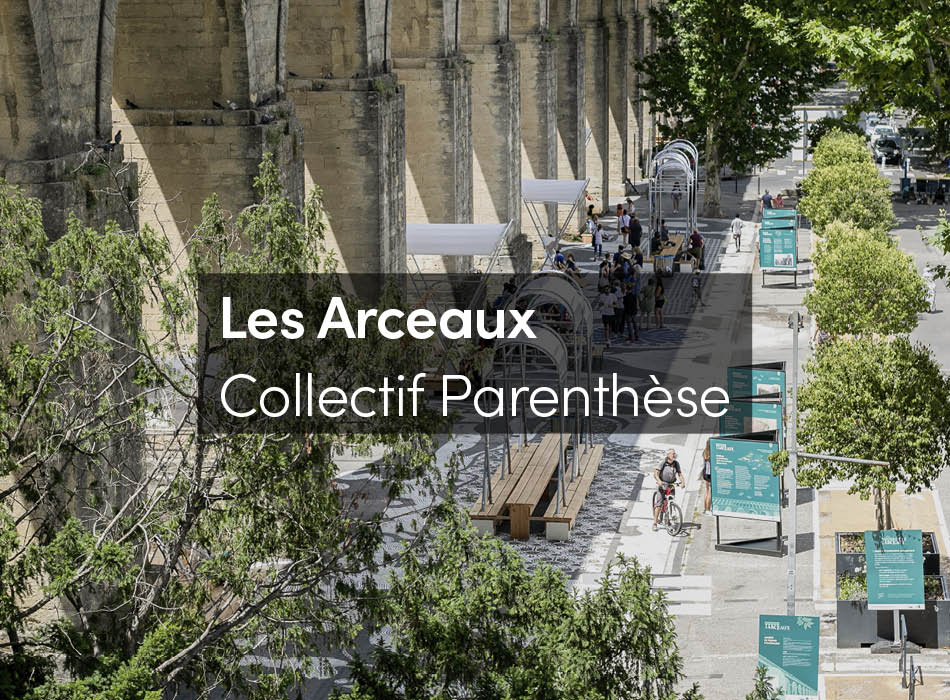Сhronotope city project explores the need for spatio-temporal coordination among commercial services / functions in densely populated urban environments. This need is clearly determined by commercial rent spikes in certain urban locations caused by their over-popularity.
The drain of reasonable commercial and social services out of those highly expensive locations is a logical outcome, though. Reasonably priced commercial activities are getting squeezed out.
Would simply the extension of working hours, or time coordination and time-sharing arrangements among the affected functions with regards to the jointly rented space help?
Habidatum study shows that commercial diversity in some over-demanded urban locations may start declining.
This kind of development represents the trend opposite to the one we often evidence in less expensive, less active and less diverse “peripheral” neighborhoods. High commercial rent may become a limitation for businesses to enter local market, hence the supply of commercial activities and consumer flow may start contracting, with commercial real estate price growing.
The objective of the study is to test this hypothesis using actual data on the amount and diversity of commercial activities, consumer flow and rent level of the commercial spaces.
Habidatum believes that commercial time-sharing could bring average commercial rent down and catalyze the diversity of economic and social activity. Getting coordinated in time through sharing the same space, commercial activities can save on rent and settle more profitable urban outlets.
Chronotope City: New York City
A study of opportunities for commercial time-sharing.
High urban density is a key indicator of the urban economy. But it only works for good if it does coexist with wide spectrum of services and functions in an area.
Popularity of a locality can often be a double-edge sword. It brings life and economy into the place, but at certain point it can lead to a price spike that squeezes many important social and commercial infrastructure functions off. Variety of services and functions drops, but the commercial rent remains high.
Being super-expensive, those localities may become commercially and socially deserted at the same time. What kind of cure do we need to bring high density back to diversity? Time-sharing of commercial space in the city could be a right answer in a long-term.
The Chronotope City project tests this hypothesis using actual data on the spectrum of commercial activities, consumer mobility and the level of the commercial rent.
















